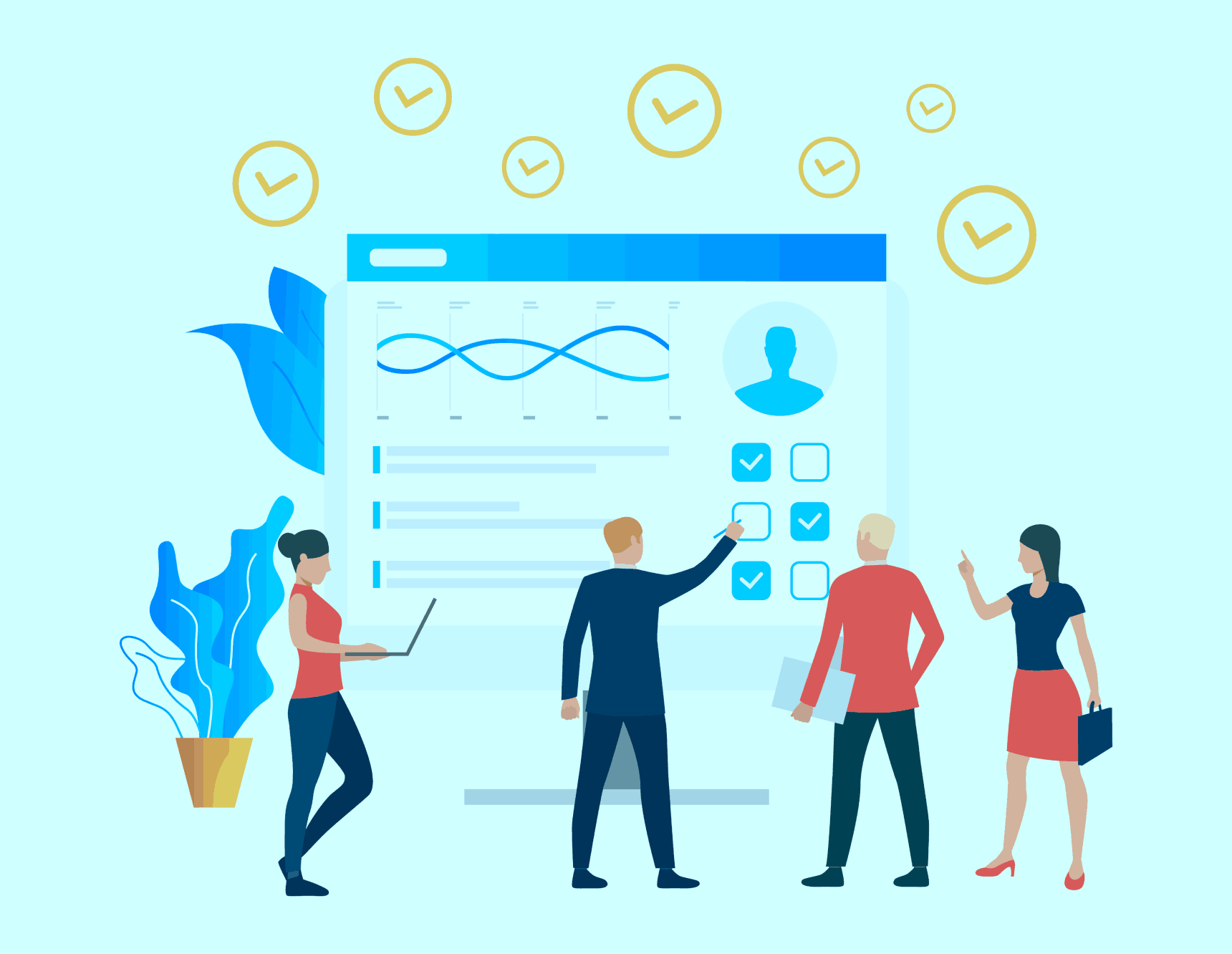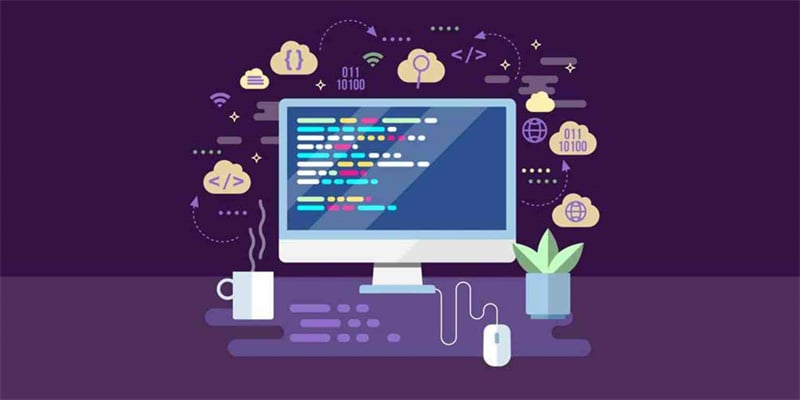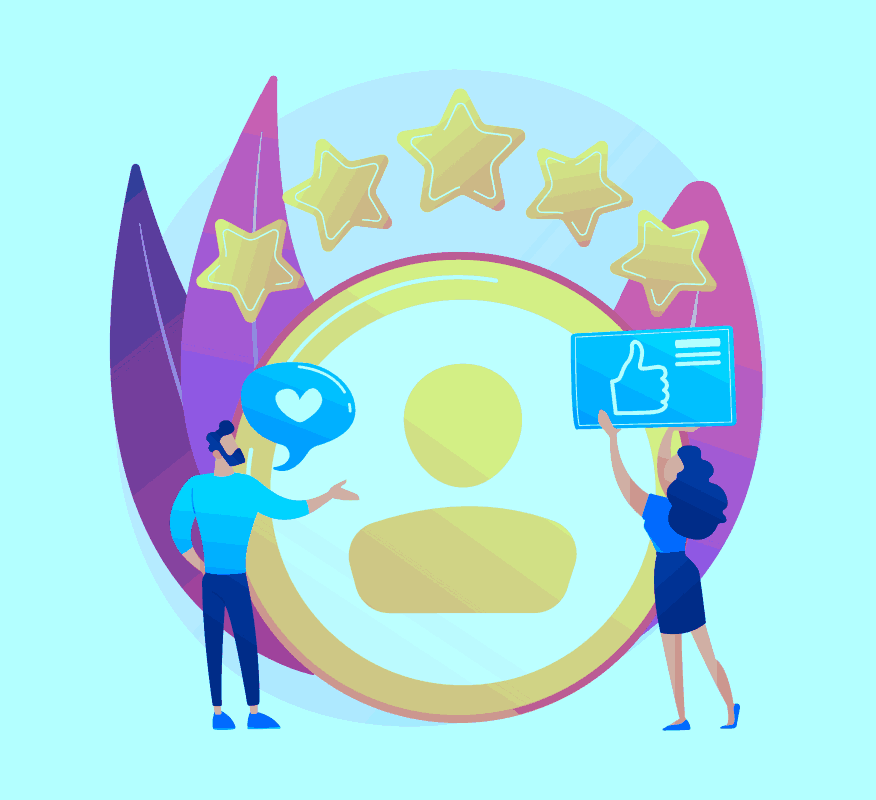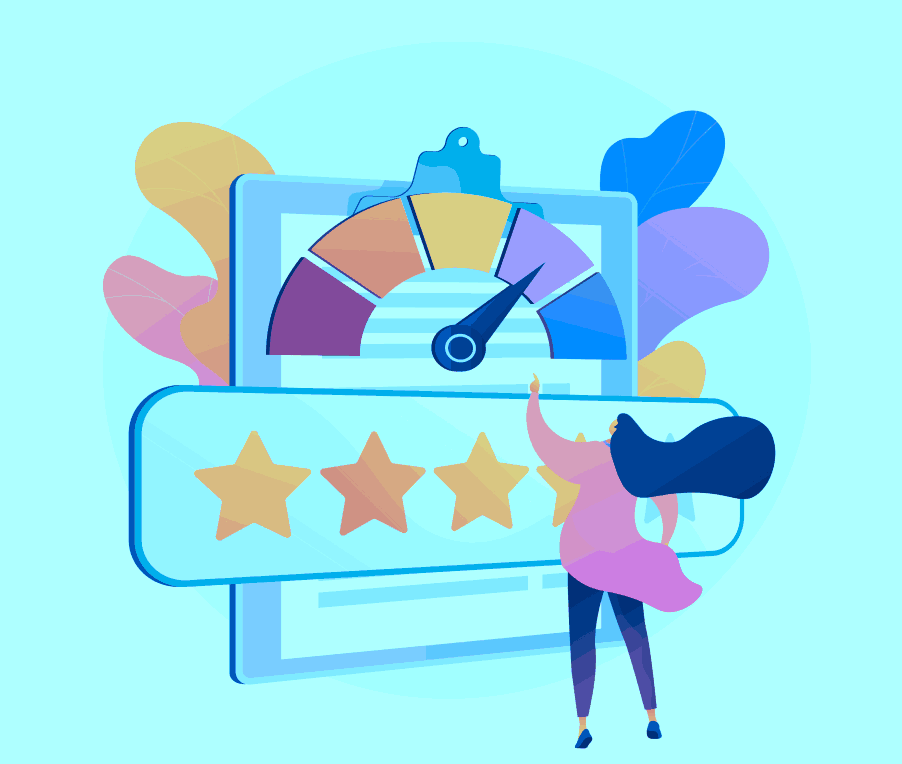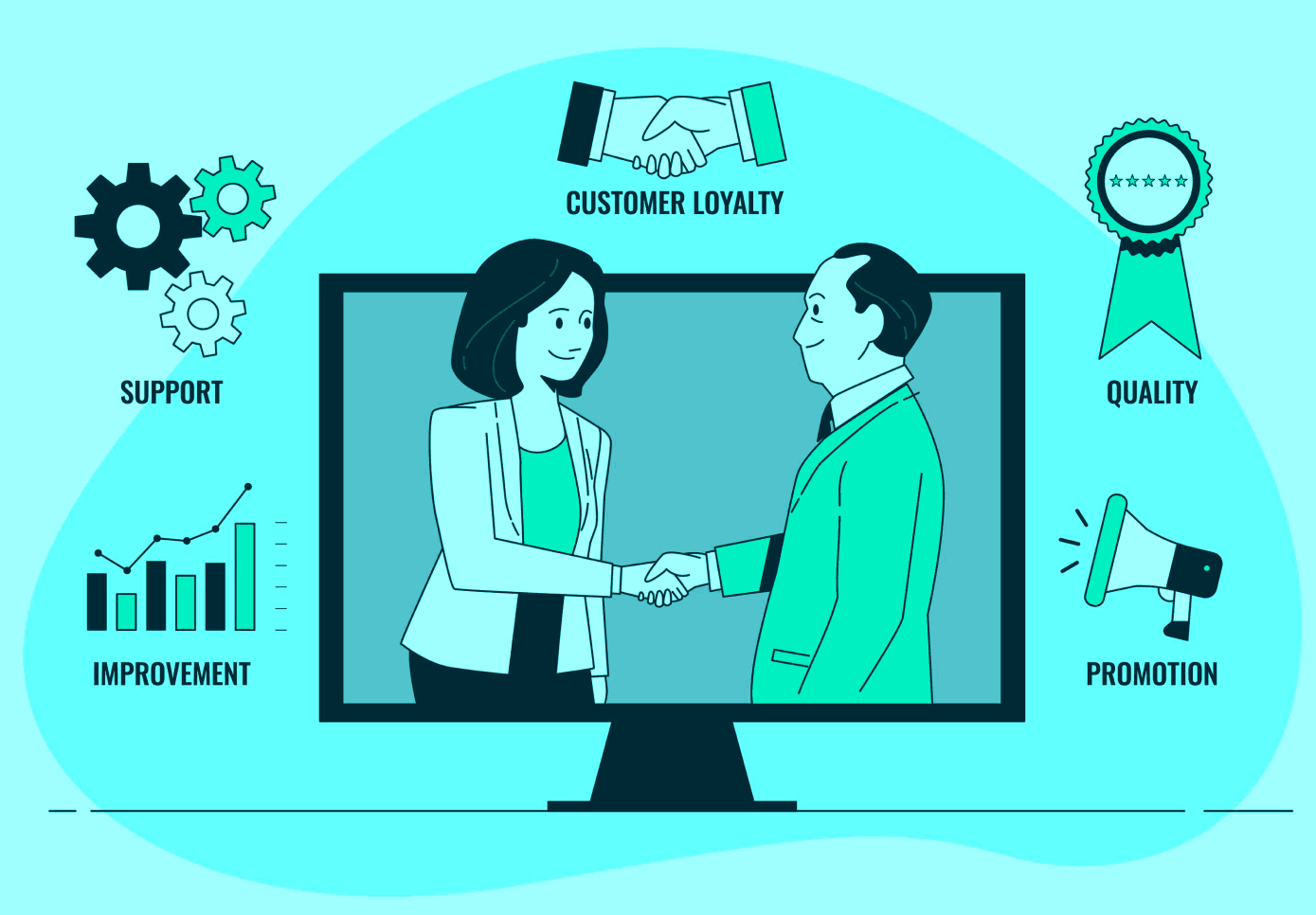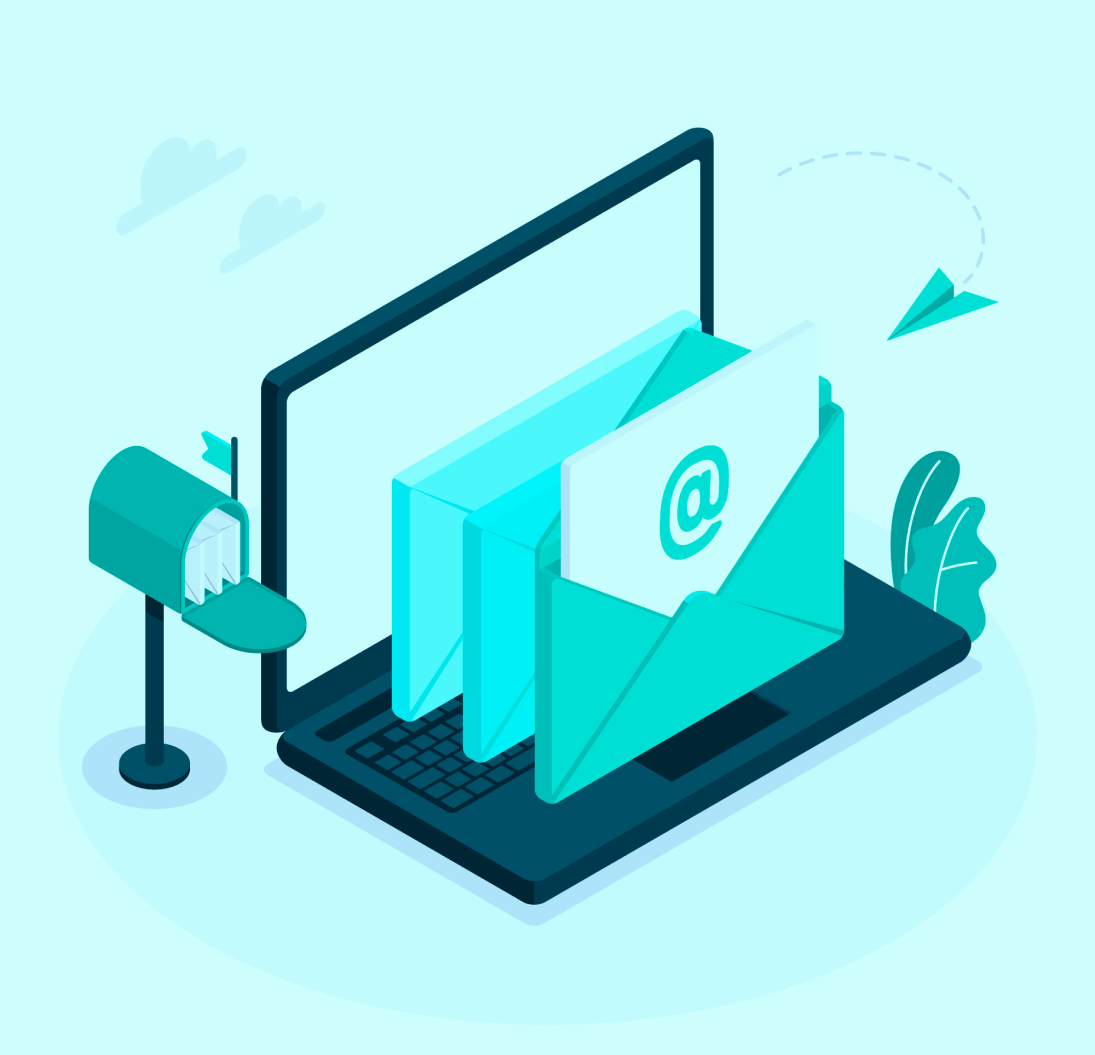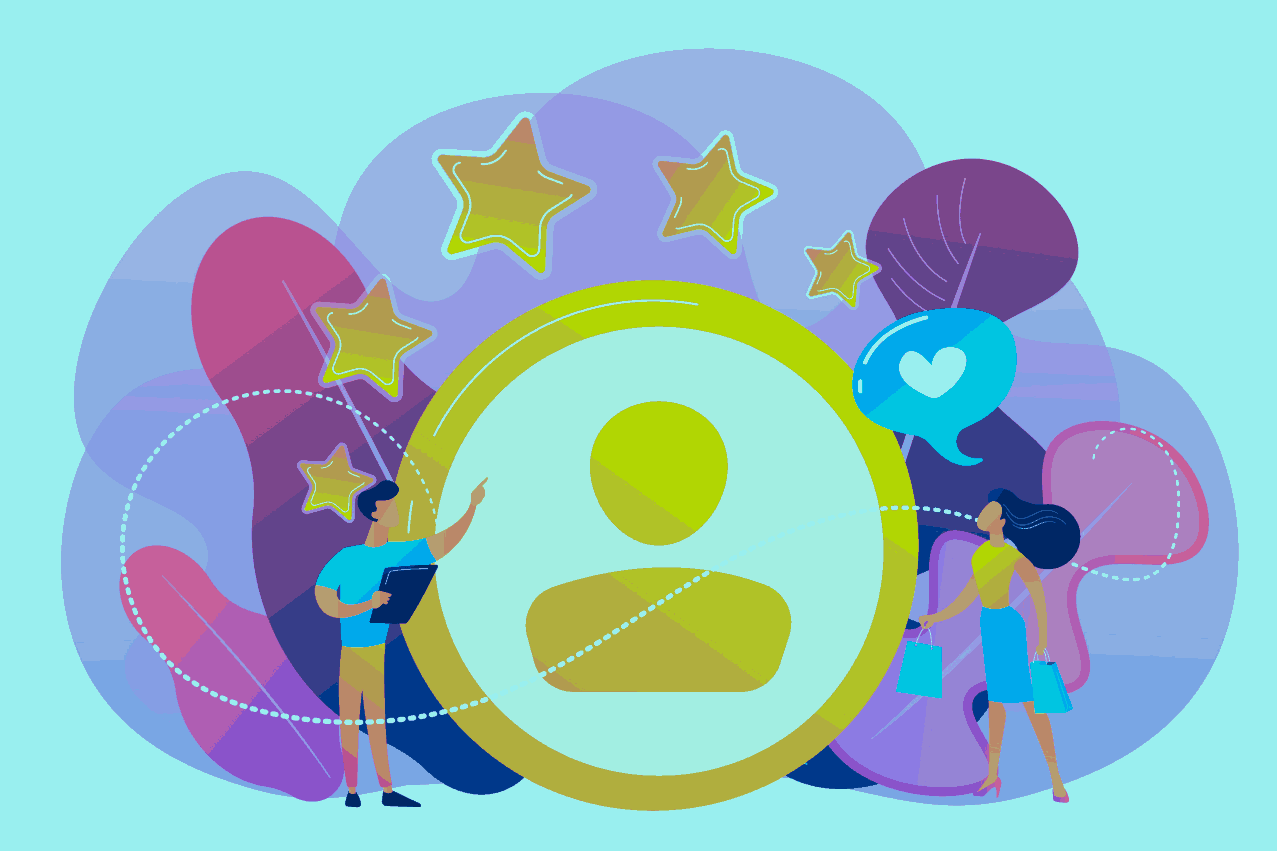How to Succeed with a Small Customer Success Team

Whether you are an Enterprise SaaS looking to manage staffing costs or a rocketship startup with a tsunami of customers and few resources to manage them, the automation a Customer Success platform can deliver will ensure you can minimize your hiring while maximizing the value each Customer Success Manager can deliver.
It comes down to applying a strategy of Nuanced Segmentation and Playbook Automation (or the more snappy Set and Forget!)
Until recently, customer segmentation had been pretty basic. A segment could have been comprised of customers subscribing to a particular plan, located in a particular geographical location, purchasing above or below a certain number of licenses or spending above or below a certain dollar threshold.
Scarce Customer Success resources would then be assigned based on the above, usually with some measure of dollar investment being the arbiter of where resource was applied. Customers seen as ‘lower value’ would be condemned to the wilderness of tech touch with all the CSM resource going to high spending customers, independent of need.
This would put a potentially significant proportion of a companies revenue at risk, merely because it was derived from smaller customers.
The tech now exists to apply more nuanced strategies around segmentation and engagement. Customer Success resources can be applied more optimally giving companies a better chance of maximizing Net Revenue Retention (or whatever your key yardstick might be) across the business as a whole rather than just with perceived ‘high value’ customers.
To put it simply, a customer entering a defined segment can trigger an automated action, be that a notification, task or outbound message. So instead of automatically engaging a CSM’s time to ‘manually’ intervene with a customer because they fall into an oversimplified segment like…
- Enterprise Plan Customers
You could decide to deliver a more appropriate intervention for the same type of customer by creating a more complex segment indicating (in the case below) that a renewal looks safe and an automated message or series of messages will suffice,
- (Enterprise Plan Customers) AND (Health score is > 10) AND (Health Score has increased 10% in the last 3 months) AND (NPS score > 30) AND (License Count increased > 3 in the last 6 months) AND (Sessions increased >25% in the last 90 days) AND (Contract Renewal Date will occur within 2 months)
This ensures the CSM’s time is applied to the most urgent or strategically appropriate tasks, potentially even with ‘lower value’ customers.
It is just a case of creating all of the segments required to identify what manual or automated interventions are required, if any, and then creating the triggers and playbooks to deliver automated messages to your customers and/or tasks to your Customer Success team.
You can dial up or down the automation depending on the bandwidth your team has, and easily weight the resources allocated for ‘Manual’ intervention in favor of ‘higher value’ or ‘higher need’, dependent on your goals.
Rather than only deploying CS resource to ‘high value’ customers, independent of the intervention required, you can configure the CS tech to triage the work and apply resource as a function of how risky a certain situation is and whether there is enough return to the business to apply a manual as opposed to an automated intervention.
There may be certain eventualities where you will accrue a proportionally greater return from deploying CS resource to a low paying rather than a high paying customer. Once you have the data, a good CS platform can make those decisions for you at speed and at scale.
Lets look at an example where Customer Success software facilitates the application of a mix of manual and automated interventions and enables your team to apply CS resource to even ‘low value’ customers if there is sufficient risk and reward to do so…
Scenario: Renewing at-risk low revenue (standard plan) customers
- Plan is Equal to Standard.
- Contract Ending in < 90 days from now.
- Health Score has decreased > 10% in the last 3 months.
- Revenue (MRR) has decreased < 10% in the last 3 months.
- Sessions (logins) have decreased > 20% in the last 1 month.
Below you can see how this segment can easily be rendered in the Akita Customer Success platform.
